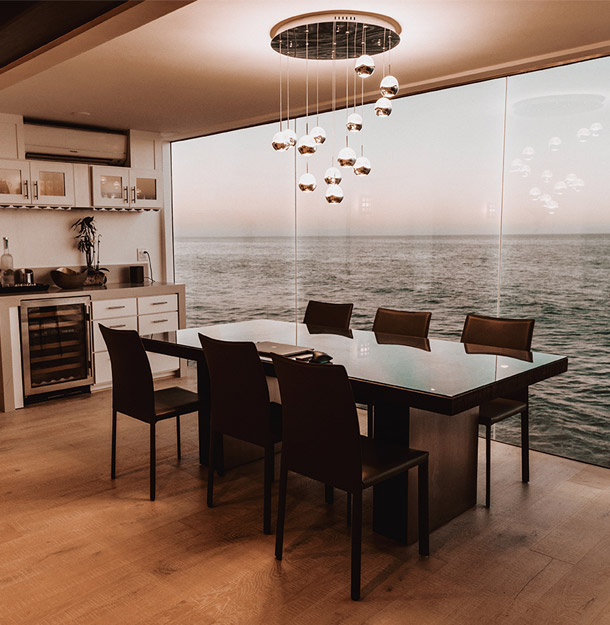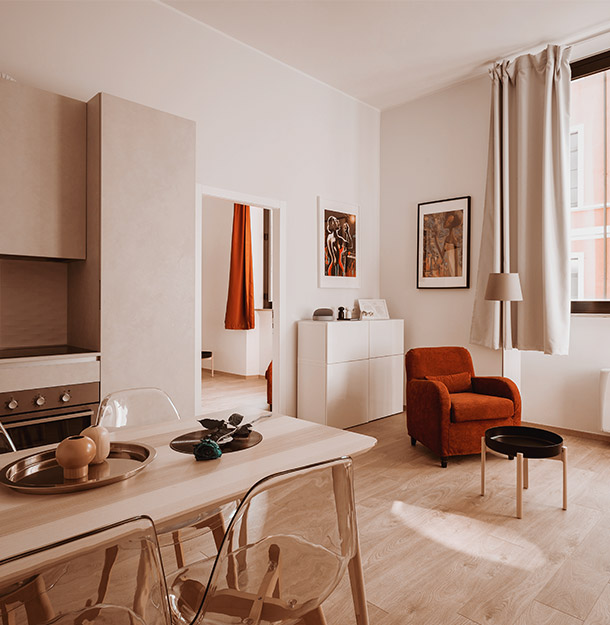Skilled Architecture
Architecture is the art and science of designing and constructing buildings and other physical structures.
It is a multifaceted discipline that involves creativity, technical expertise, and a deep understanding of
human needs and the environment. Architects use their skills to create spaces that are not only
functional and safe but also aesthetically pleasing and sustainable.
Key aspects of interior design include:
- Design: The process of conceptualizing and visualizing the form, layout, and aesthetics of a
building or structure. Architects consider the purpose of the building, the needs of its occupants,
and the surrounding environment during the design phase.
- Planning: Developing detailed plans and drawings that outline the layout, dimensions, and
specifications of the structure. This includes floor plans, elevations, sections, and construction details.
- Construction: Overseeing the actual building process, which involves coordinating with contractors, engineers, and other professionals to ensure that the design is implemented
correctly and safely.
- Materials and Technology: Selecting appropriate building materials and incorporating innovative
technologies to achieve the desired functionality, durability, and sustainability of the structure.
- Sustainability: Integrating environmentally friendly and energy-efficient practices into the design
to minimize the building's impact on the environment.
- Safety and Regulations: Adhering to building codes, regulations, and safety standards to ensure
that the structure is safe for its occupants.
- Historic Preservation: In some cases, architects may be involved in preserving and restoring
historic buildings, respecting their cultural and historical significance.
- Urban Planning: Architects may contribute to urban planning and city development, designing
spaces that harmonize with the existing urban fabric and promote sustainable urban growth.
- Interior Design: While architects focus on the overall structure, they may also be involved in
interior design, ensuring that the interior spaces are functional, aesthetically pleasing, and
cohesive with the overall architectural design.
- Client Communication: Effective communication with clients and stakeholders is essential to
understand their needs and preferences and to keep them informed throughout the
architectural process.
Architects work on a wide range of projects, including residential buildings, commercial spaces, office
buildings, schools, hospitals, museums, and public infrastructure. They often collaborate with clients,
engineers, interior designers, and various specialists to bring their architectural vision to life.
Architecture is a dynamic field that combines art, science, and technology, and it plays a significant role
in shaping the physical environment in which we live and work. Skilled architects have the ability to
create spaces that inspire, uplift, and improve the quality of life for the people who interact with their
designs.


